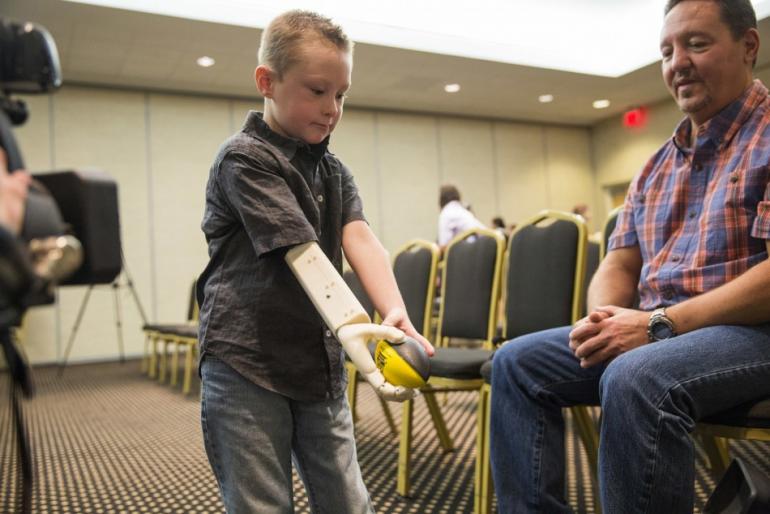The first artificial skin with the sense of touch
A team from Stanford University might have made a breakthrough that could change the lives of people with missing limbs.
Put very simply, the skin is comprised of two layers of rubbery plastic skin with a flexible circuit printed on, courtesy of the folks at Xerox Parc.
Over a decade of trying to develop a good substitute for natural human skin, Professor Zhenan Bao at Stanford was able to achieve this goal using a two-ply plastic system. The top layer creates a sensing mechanism, while the bottom layer transmits electrical signals into biochemical stimuli for nerve cells to receive.
USA researchers said that they have created a plastic “skin” that is capable of distinguishing the pressure difference between a limp handshake and a firm grip and then transferring these sensory signals to the brain cells.
Years ago, Bao and her team noted the possibility of using plastics as pressure sensors.
They then increased this natural pressure sensitivity by indenting a waffle pattern into the thin plastic, which further compresses the plastic’s molecular springs. But after cycling through many different materials, the team settled on carbon nanotubes molded into pyramidal microstructures as it seemed to be responsive to the broadest range of pressures. This renders the plastics the capability to conduct electricity as the nanotubes come closer together when pressure is applied. Thanks to a technique called optogenetics, the team engineered a line of mouse brain cells to simulate a portion of the human nervous system.
The researchers believe that the technology could be used in future to create prosthetic limbs, which will allow its users to feel sensations.
Remove pressure, and the flow of pulses relaxes, indicating light touch.
Although the invention showed promising functions, the research team admitted that there is still a lot of work needed and would definitely require time before the design can be used for practical applications. That is because there are still factors that a human skin can sense that are not yet of reach of the artificial skin, like temperature and pressure.








